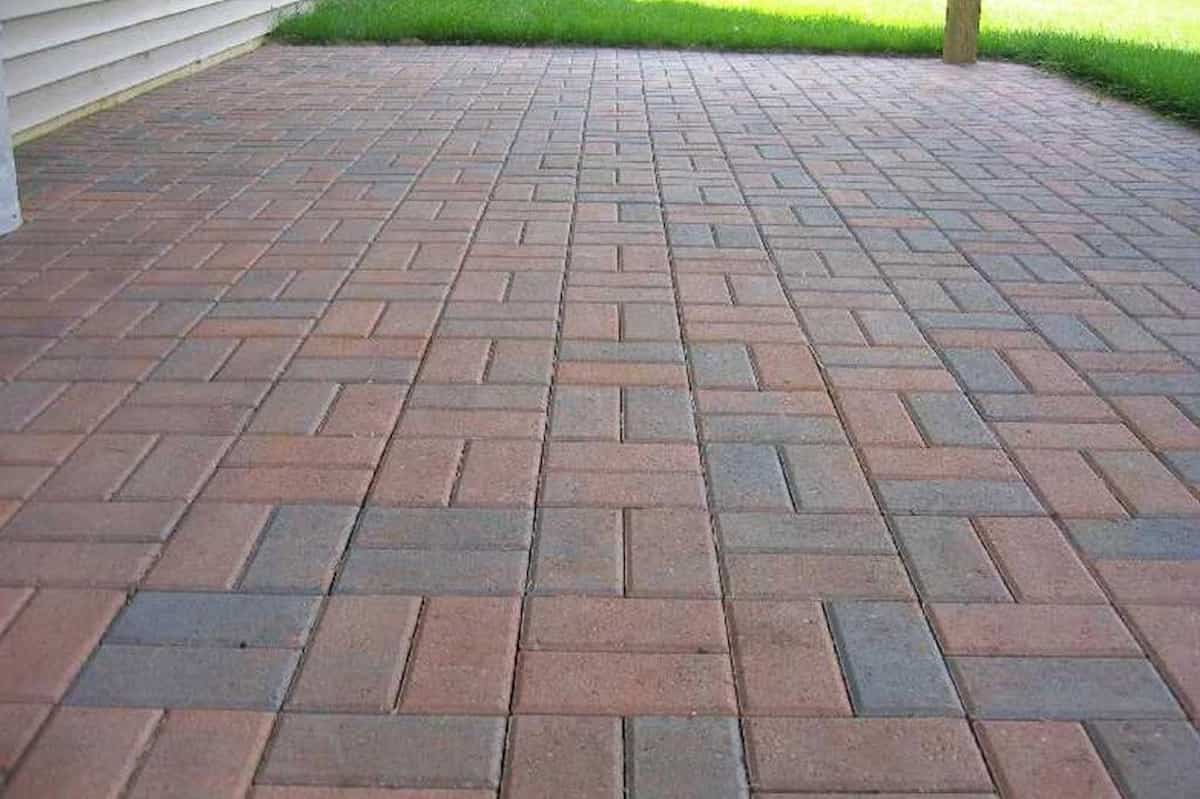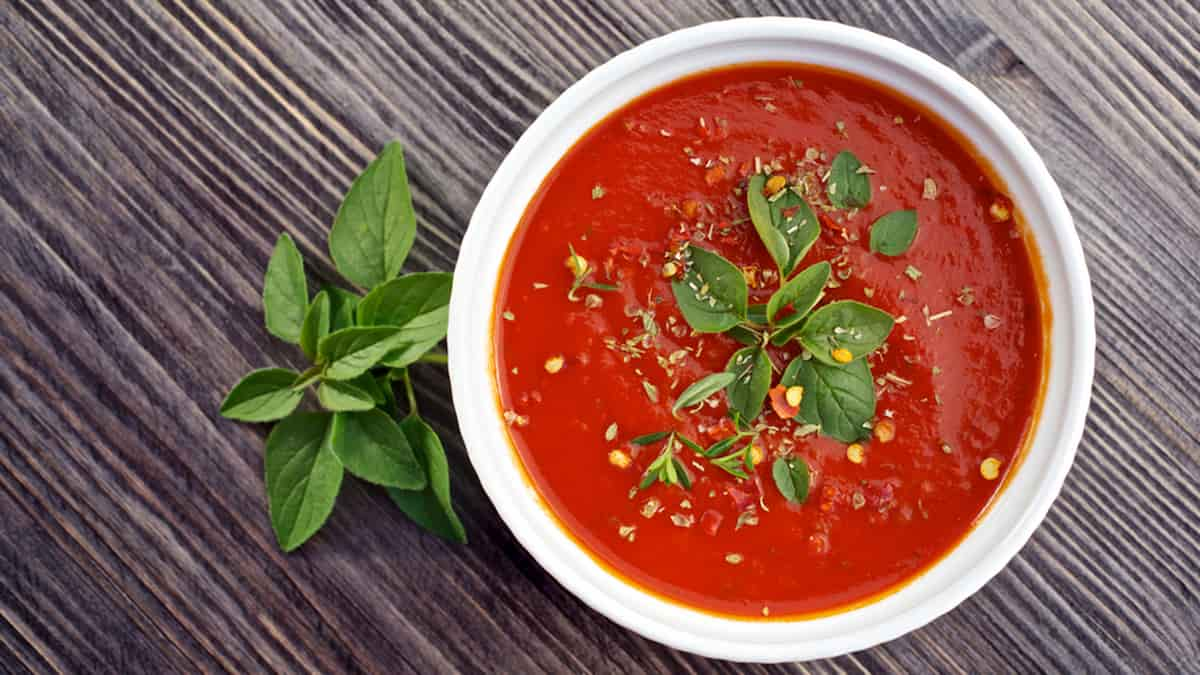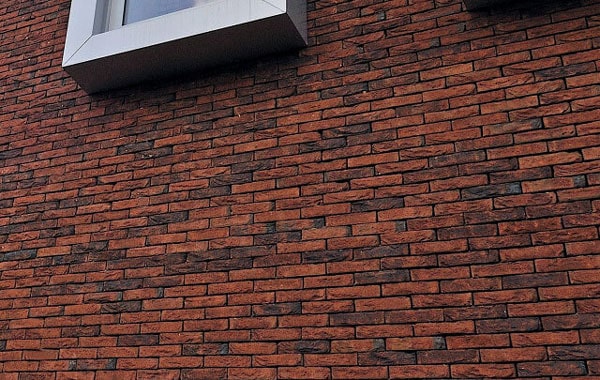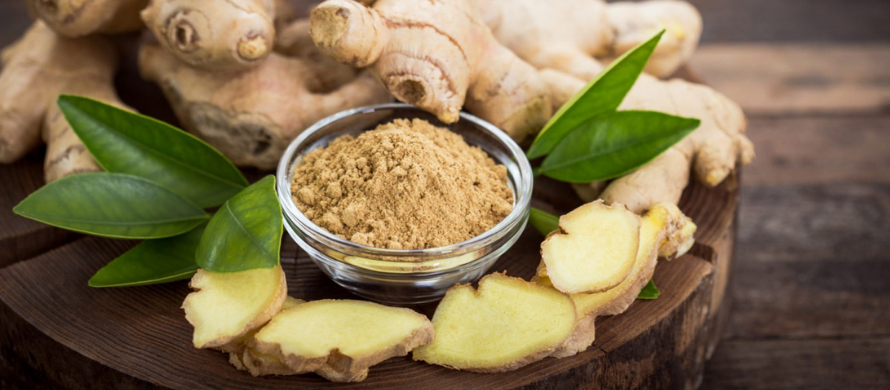Porcelain tile is a long-lasting ceramic material that is impervious and durable, especially for flooring. They are resistant to high temperatures, stains, scratches and strong chemicals.
Other advantages include resistance to humidity and moisture. These tiles have existed since ancient times. They were first made of a very fine white clay and then fired at a very high temperature.
The name porcelain tile was given to them because of the wide acceptance of the material throughout history. Due to the increased demand for these tiles, their makers began to make them from materials other than white clay, such as green clay (a color usually associated with wealth) and black clay.
Particularly suitable for modern kitchens, porcelain tiles continue to hold their place as one of the most durable surfaces known to man.
Tiles made of porcelain are often much more durable than tiles made of concrete, brick or stone and can withstand heavy loads without breaking. Known for their durability and strength, porcelain tiles provide excellent flooring for indoor spaces.

Ceramic tiles may look similar to porcelain tiles, but they are not made of the same material and have a very different texture. Original pieces of volcanic glass containers are used in their construction.
Unlike porcelain tiles, which are formed through a process involving fire, glass tiles are produced by first heating and then melting the main components to produce a clear liquid.
When allowed to cool, this material turns into glass and becomes more solid. The vast majority of contemporary glass tiles are made by pouring molten glass into molds to produce flat sheets that are subsequently cut into individual tiles.
This production method has occupied the majority of the industry. However, a number of manufacturers now use extrusion to create round tiles.
Cutting round shapes to size takes much less time than cutting rectangular shapes to size, because round shapes are easy to install and maintain.
Look at porcelain and glass tiles side by side
There is a world of difference between porcelain tiles and glass tiles, even though they are both types of ceramic tiles. In comparison, the surface of glass tiles is often matte, but porcelain tiles usually have a glossy finish with a higher sheen. In addition, glass tiles are often stronger and heavier than porcelain tiles. However, glass tiles are not as durable as porcelain tiles. Because porcelain tiles can withstand more traffic than glass tiles, they are an excellent choice for use in commercial environments.

There are several distinct types of porcelain tiles.
Porcelain tiles are available in a variety of designs and styles, from more traditional looks to more contemporary examples. Unlike their modern equivalents, which tend to be lighter and more abstract in nature, traditional designs often consist of simple geometric patterns. The type of surface on which porcelain tiles are to be installed has had a significant influence on the design of these tiles throughout their long and illustrious history. An increasing number of people began to decorate the interior of their homes with patterns that had some sort of symbolic value, beginning with the Renaissance and continuing thereafter. As a result of the increasing demand for these tiles, they are gradually seen as a symbol of luxury, nobility and elegance.
Flooring with ceramic tiles
Using porcelain flooring instead of traditional wooden boards has many advantages. As a result of their porcelain composition, they require very little maintenance and are stain resistant. As a result of their gloss and shine, which gives them a luxurious appearance, they have the appearance of marble, slate and travertine. A lot of glaze used in porcelain flooring makes it very scratch resistant. Another advantage of this material is its durability.
Installation of Chinese flooring
Installing porcelain tiles is a very simple process that allows contractors to maintain a well-organized workflow throughout the project. The first thing to do when installing ceramic flooring is leveling the surface. After that, the plan may be laid. After that, the existing flooring, grout and sealants must be removed by the contractor.
After this step, a very thin layer of glue is spread on the bottom surface. After the glue has had enough time to dry, the second layer of cement is applied. After allowing the cement to dry for twenty-four hours, the ceramic tiles could finally be installed.
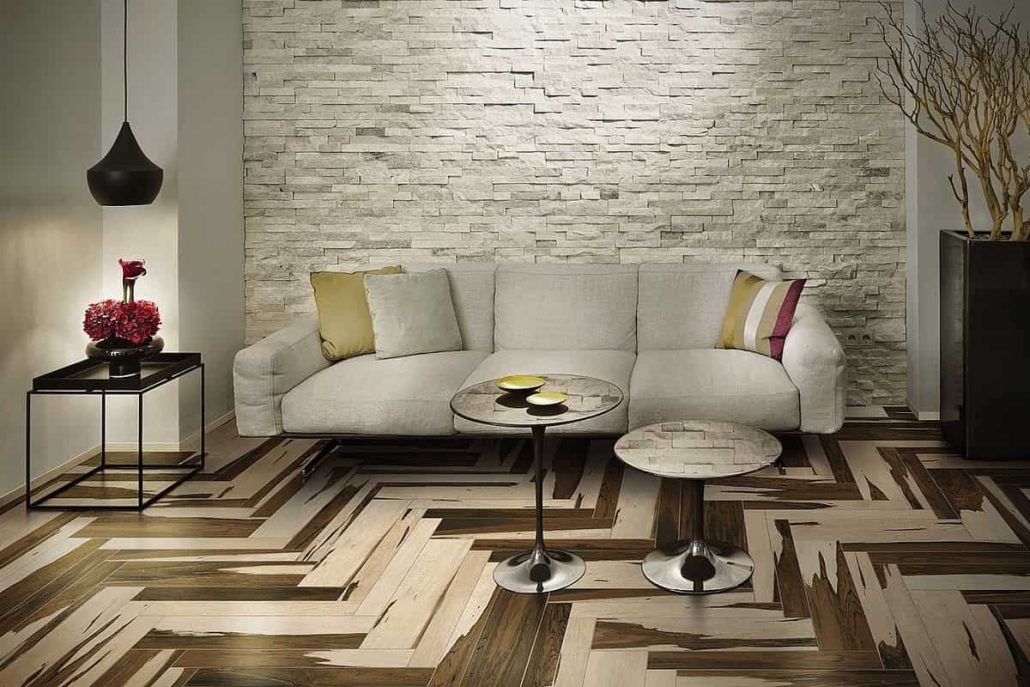
Chinese tile maintenance
Tiles are durable and flexible and require little maintenance. If installed correctly, they should last a lifetime. It is recommended to sweep or clean them regularly to maintain their shine and cleanliness. Since very little effort is required to maintain your tiles, the price is reasonable.
Estimated price of Chinese tiles
When looking for porcelain tiles, it is important to consider the dimensions and configuration of the space you plan to decorate after installing porcelain tiles. By making your decision based on these two aspects, you can ensure that you get the right coverage for the amount of space you need to cover as well as the look you want to achieve.
The price of a tile can vary from relatively low to very expensive depending on its size and shape, but the average cost is in the middle of these two extremes. Tiles with a smaller surface area cost less per square foot, while tiles with a larger surface area may cost up to $100 per square foot. Discounts of approximately $25 per square foot are available for bulk purchases.
